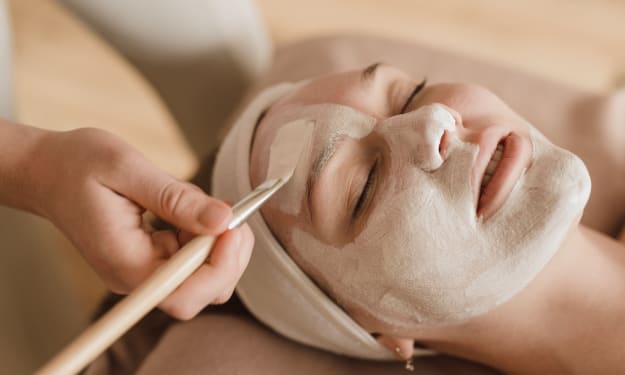Experts Reveal How to Get the Perfect Self-Tan Shade for Your Skin Type
Achieving the perfect self-tan can seem like an insurmountable task. Too often, individuals end up with a shade that's too dark, too orange, or patchy.

However, with the right approach and a bit of know-how, it's possible to get a self-tan shade that looks natural and perfectly complements your skin type.
Looking for tips to achieve a flawless, sun-kissed glow? We’ve got you covered!
1. Consider Your Skin Tone
Your skin tone forms the basis of the self-tan shade you should choose. Self-tanning products typically come in light, medium, and dark shades, and it's crucial to select a product that matches your natural skin tone.
• Light Skin Tones: If you have a light skin tone, opt for a self-tanner labeled as 'light' to avoid an unnatural contrast. The objective is to achieve a subtle glow that enhances your natural color.
• Medium Skin Tones: Those with medium skin tones can experiment with 'medium' to 'dark' self-tanners. Medium skin tones are versatile and can handle a deeper tan without appearing too stark.
• Dark Skin Tones: If you have a darker skin tone, a 'dark' self-tanner will work best. These products will provide a beautiful and rich tan that complements your skin tone.
This might sound super obvious, but you’d be surprised at just how many guys and girlies go racing for the deepest, darkest tan when their skin tone just can’t handle it.
Self-tanning is a marathon, not a sprint. Respectfully, stay in your lane. Trust us, you’ll be much better off!
2. Determine Your Undertones
Understanding your skin's undertone can help you select a self-tanner that will look the most natural. Skin undertones are typically categorized as cool, warm, or neutral.
• Cool Undertones: If your skin has a pink, red, or bluish tint, you have cool undertones. Opt for a self-tanner with a violet or green base to counteract any potential orange effect.
• Warm Undertones: If your skin has a yellow, peachy, or golden hue, you have warm undertones. A self-tanner with a caramel or olive base will be the most flattering.
• Neutral Undertones: If your skin doesn't lean towards pink or yellow but is somewhere in the middle, you have neutral undertones. You can experiment with various self-tanners, but those with a green or violet base will most likely provide a natural-looking tan.
3. Choose the Right Formula
Self-tanners come in various formulas, including lotions, mousses, sprays, and drops. The choice of formula largely depends on your comfort and skill level.
• Lotions and Creams: Ideal for beginners, they're easy to apply and typically offer a longer development time, allowing for corrections.
• Mousses: They dry quickly and are great for those already comfortable with self-tanning. Using a tanning mitt is recommended to achieve a streak-free application.
• Sprays: Best for hard-to-reach areas and quick touch-ups. Mastery of the spray technique might require a bit of practice.
• Self-Tan Drops: Tanning drops are increasingly popular. They can be mixed with your regular moisturizer, allowing for a customized and gradual tan. This is a great option for those looking for a more subtle and buildable tan.
4. Build Your Tan Gradually
To achieve a natural-looking tan, it's best to build the color gradually. Instead of opting for a dark shade right away, start with a lighter shade and apply additional layers if necessary. This approach allows you to monitor your tan's development and adjust the intensity to your desired level. It also helps prevent streaks, patches, or an overly dark appearance.
Achieving the perfect self-tan shade for your skin type is a delicate balance of understanding your skin tone and undertones, choosing the right formula, and building the tan gradually. By following these expert recommendations, you'll be well on your way to a gorgeous, sun-kissed glow that looks natural and flawless.
Sources
https://www.colorescience.com/blogs/blog/how-to-determine-your-skin-tone-before-buying-face-products#
https://www.healthline.com/health/beauty-skin-care/skin-undertones





Comments
Rachel Gray is not accepting comments at the moment
Want to show your support? Send them a one-off tip.